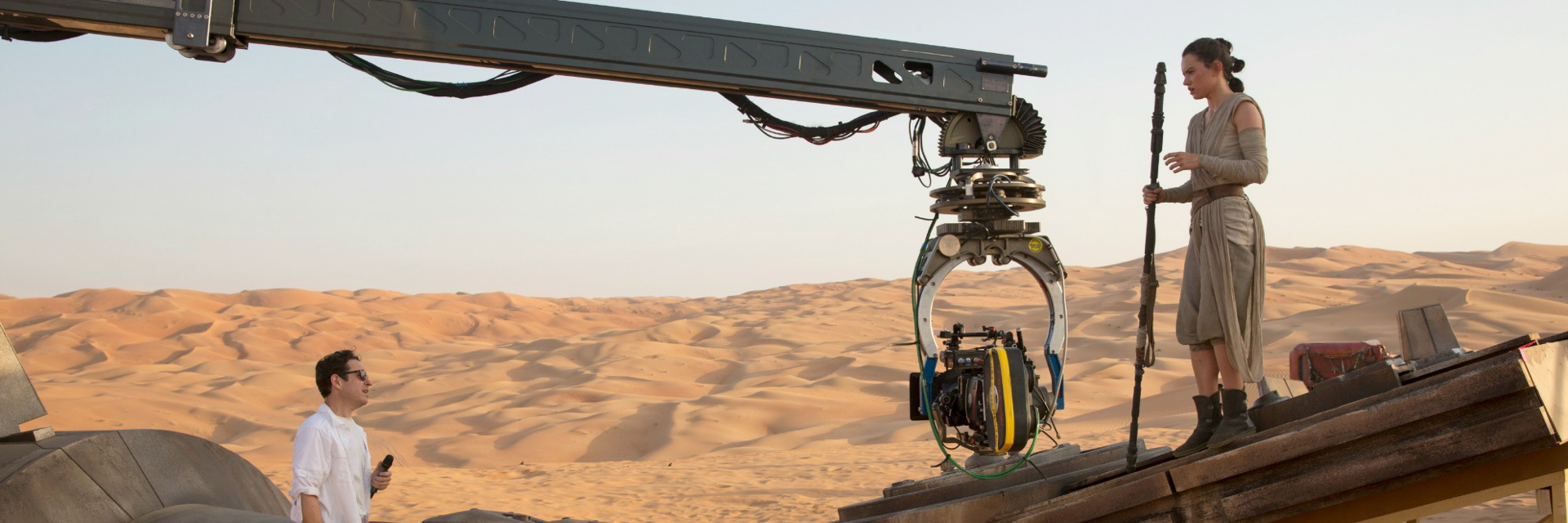The combination of director Ridley Scott and actor Matt Damon delivering a lost-in-space movie in 3D on large format screens with Dolby Atmos sound sparks great expectations.
 But while “The Martian” is engaging, often charming, sometimes suspenseful, and somewhat fascinating, it never comes close to measuring up to similar movies dramatizing the efforts of the stranded astronauts using their wits and ingenuity to get back to Earth, such as “Apollo 13” or “Gravity.”
But while “The Martian” is engaging, often charming, sometimes suspenseful, and somewhat fascinating, it never comes close to measuring up to similar movies dramatizing the efforts of the stranded astronauts using their wits and ingenuity to get back to Earth, such as “Apollo 13” or “Gravity.”
And this is true both in terms of emotional and dramatic impact as well as the technology. Whereas “Apollo 13” was one of the first mainstream films to be reconfigured and reissued in IMAX to great effect, and “Gravity” remains an example of one of the most effective uses of 3D (also in IMAX), “The Martian” does not leverage either of those formats to great advantage, nor the Dolby Atmos enveloping sound system. In fact, all three of these elements were such non-factors in the theater this movie was reviewed and the image so often unintentionally dark and dull that it was a distraction, that for the first time this reviewer felt that it would be better to see this movie in standard 2D format.
Experiencing this film in LFX (large format but not IMAX, where theaters are filled this week with “The Walk”) and MasterImage 3D presents the strongest motivation to insist on seeing movies only in IMAX 3D theaters, where one can be assured of far more satisfying quality control.
Oddly, emulating the atmosphere on the Red Planet, “The Martian’s” story feels very thin and lightweight — it is mostly a two-hour-plus engineering boot-camp survival procedural. The folks at JPL in Pasadena should love it (JPL gets a lot of plugs here). But even on that level there are too many head-scratching basic questions raised by the viewer. For instance, early on in the film Damon’s botanist astronaut Watney gets left behind on Mars after he gets hit by a flying object during a fast-rising storm and is presumed dead by his fellow adventurers as they scramble to get off the planet. Of course, he’s not dead but wakes up realizing he has no way to communicate with anyone and must figure out how to survive until the next scheduled mission to Mars in four years. But shortly after the initial incident, someone back in the control room on Earth notices via satellite photos that Damon’s character must be alive because objects like a rover keep moving to different places. So, why wouldn’t Watney realize this and create a big sign sending messages that could be read by the satellite?
There is also the technical question during the final moments of the mission of how everyone on Earth could possibly be hearing real-time audio communications of the astronauts flying around Mars.
Even more of a puzzling disappointment is that there is no back-story about Watney – we have no idea if he has a wife, kids, any family at all — even when regular daily communications with Earth is established. There is only one brief mention very late in the movie of Watney having parents to whom a message should be delivered if he dies. Why no communication with them while he is alive?
Despite all these technical and dramatic shortcomings, “The Martian” is enjoyable enough, but certainly not out of this world.
— By Scott Hettrick
